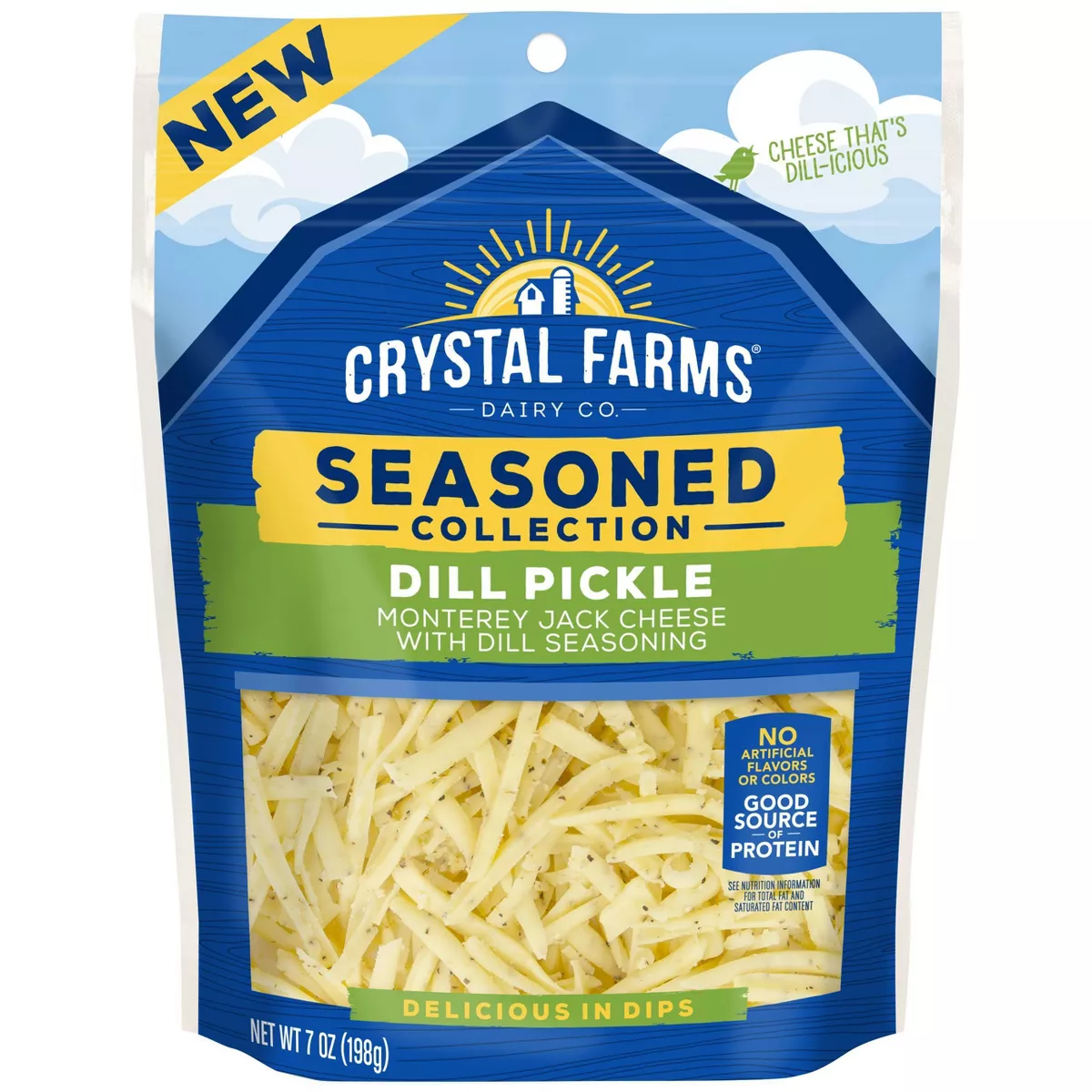Today I Learned: Sushi Actually Means ‘Sour Rice,’ Not ‘Raw Fish’

I’ve learned and/or remembered a great many things just by poking through LA Mag’s recent sushi feature this week, such as the proper angle for tilting fish to dip into soy sauce (90 degrees), or the exact number of grains required for the perfect piece of nigiri (247).
But nowhere did I read that “sushi” doesn’t actually mean “fish.”
Apparently the word “sushi” actually derives from a Japanese term for “sour rice,” and refers to the process with which fish would be preserved by wrapping it in, well, sour fermented rice. Once the fish was extracted and eaten, the rice itself would then be thrown away.
Today’s sushi bears little resemblance to its nearly 700 year old forbear, as most “shari” (flavored sushi rice) is now made with vinegar, sugar and salt as opposed to the original method of lacto-fermentation. But the name stuck, and has since been adopted to describe the entire dish instead of referring solely to the rice.
Well then. Like deciphering the real meaning of “SPAM,” perhaps I should have realized something was up when slices of fish alone were called “sashimi” and fish on top of rice was called “nigiri.” But that’s why the next time I go to the sushi bar, I’ll just defer to the experts and tell the chef “omakase” – “I leave it up to you.”
H/T Mental Floss, Eat-Japan + PicThx Plonq






















